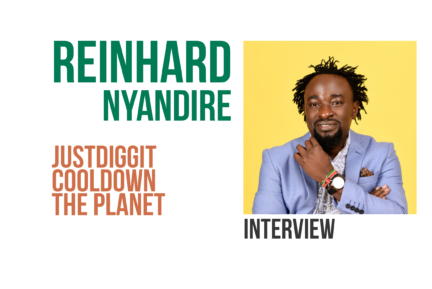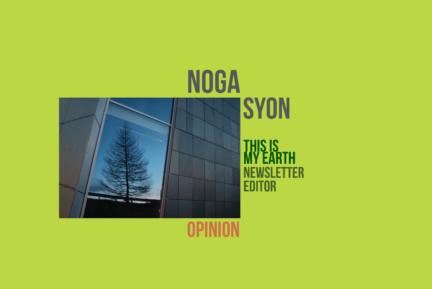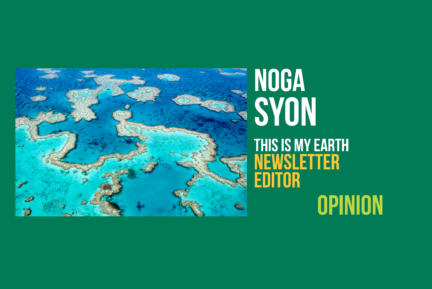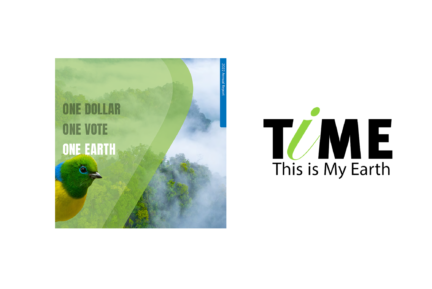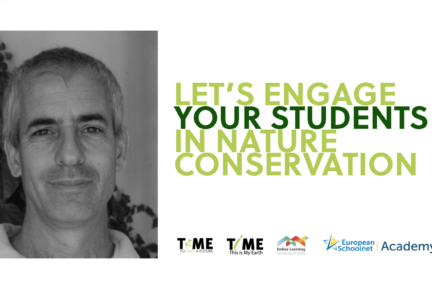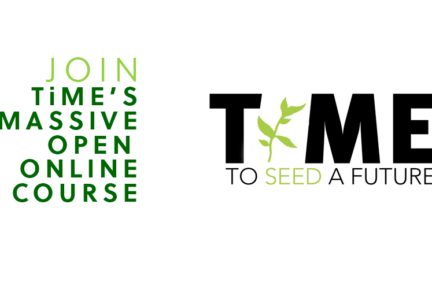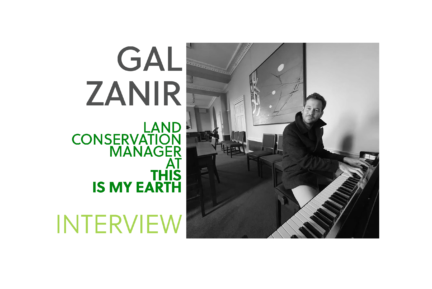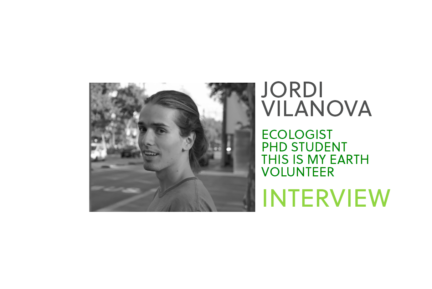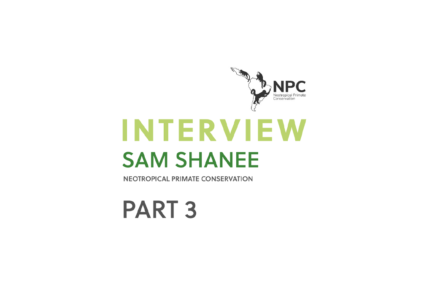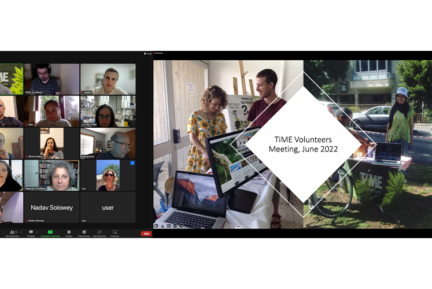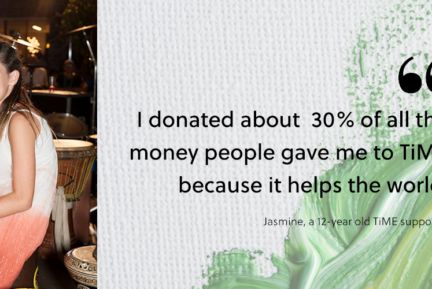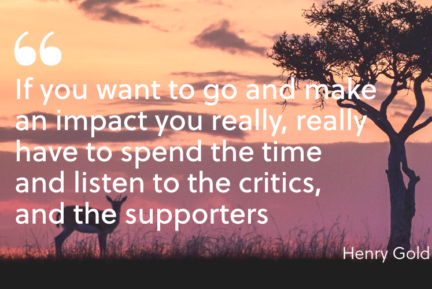We had the privilege to interview Martin Schaefer, CEO of the Fundación de Conservación Jocotoco, one of our sister organizations in Ecuador. With him, we discuss nature conservation issues, politics, and ecotourism.

How do you introduce yourself?
I’m Martin Schaefer. I’m the CEO of Fundación de Conservación Jocotoco (Jocotoco Foundation), an Ecuadorian conservation organization. And I’m a biologist by training. Biologists are often outstanding in the field but are not very good at managing an organization or bringing a business side to conservation.
That is needed because, given all the world’s problems, we need to scale up conservation.
How do your business or administrative skills help you with conservation tasks?
The funny thing is that my father was a manager, and he always wanted me to become a manager, which I never wanted to become. And, of course, the irony of my life is that I became a manager but of a different type.
I’m interested in building initiatives, and what we have been doing in Jocotoco is growing from a very local focus on a specific reserve towards a regional focus.
We have asked ourselves, how can we save the ecosystems of a particular area? How can we work with the communities and authorities and find ways of scaling conservation together? We need to find ways of scaling conservation so that, in the long term, we are better prepared to protect the ecosystems.
We need to find solutions that work for a couple of decades to come. We need permanent solutions.
Can you recall a moment of revelation regarding nature stewardship?
As a little boy, I was always interested in animals, and I recall that in the 80s, I was first reading the Club of Rome papers about the limits to growth (https://www.sciencedirect.com/topics/social-sciences/club-of-rome). I was reflecting on that issue. How can we work and live in societies that are based on perpetual growth on a planet that has limited resources? When I was 15, I started to engage in intense political debates.
What does the idea of perpetual growth mean to you?
It means that we need to keep our social and pension systems working and to do that, we think we must grow economically. It also means, at least for Western societies, that we are here, doing everything we can to maintain this perpetual growth, and that nature is elsewhere.
The paradox was quite clear to me, and I felt like something had to be done. And 30 or 40 years ago, things did not look as bleak as they sometimes look now.
Why do you define yourself as an ex-academic?
I was happy in academia. I think it is an exciting place for intellectual growth because you are testing hypotheses. But it doesn’t have a real-world impact unless your research wins a prize. For example, many conservation research articles have this wonderful last paragraph on how the research could be applied. But this never happens most often, and there’s a disconnection between what we scientists write and what is actually needed on site.
I felt like this in the 2000s and was very engaged with the conservation of the Choco forest in Ecuador. Still, I wanted to do more to prevent species extinction and preserve natural areas.
What are these real-world problems?
The real problems are that people want something to eat and want to provide a better future for their children. How can you protect the natural resources that these same people depend on? We have to find a good and long-lasting solution.
Is this where the idea of the Jocotoco Foundation comes from?
Jocotoco was founded in 1998; I joined four years later, in 2002, as an independent scientist. I was struck by how pragmatic the whole project was. In Jocotoco we say, ok, if in this area there are species that are not protected anywhere else, let’s find a way to buy this land. I found this approach both local and logical. Within the first four years, we established five reserves. We are growing and having a regional impact.
How do you select the lands to buy?
Among our conservation goals, we want to protect and enlarge national parks and allow populations to connect between areas that were previously isolated. We also take the big picture into account and the added value concerning the interconnectivity of the protected areas.
How is your relationship with local authorities and policymakers?
We work a lot with local authorities and policymakers. Ecuador’s environmental laws are much better than many European environmental legislations. And if you look at the area that Ecuador protects throughout its national parks, it is far more significant than that protected by Germany, for example. In general terms, the situation is quite good, and interestingly enough, the environmental rights were upheld by the Constitutional Court when contested. This is a situation that only happens sometimes in the industrialized world.
That being said, there are also problems. Many people live within the protected areas and national parks, and the government cannot often address specific issues. So, the NGOs and the private sector have a pivotal role to play through foundations, communal reserves, and contributions to protecting natural resources. After all, this is of course a governmental duty, but as a civil society at large, we shouldn’t just believe that our governments are able to do all the jobs.
The idea is that someone has to do something.
How is This is My Earth helping Fundación Jocotoco?
This is My Earth is helping us get the necessary funding to buy and protect extremely biodiversity-rich lands. In the lands you have helped protect, we are discovering much more diversity and life than we thought.
Also, the lands TiME has helped us protect, such as Tapichalaca (https://this-is-my-earth.org/success-story/tapichalaca-reserve-ecuador/), connect national parks and serve as crucial biological corridors, so that Jaguars can move from one side to the other or Spectacled Bears can thrive. And we are seeing the numbers of these large mammals increasing because of our ability to stop hunting in these protected areas.
Is the recovery of these vital spaces going faster than you expected?
Trees take a long time to grow, and most of the carbon is stored by massive old trees. But for animals, this is often not true. If you can maintain enough forest to cover their needs, they will quickly come back and recolonize areas.
This is a hopeful message…
If you look at younger generations and organizations, such as Fridays for Future, you can see there is frustration among young people seeing that their world will not be as rich and diverse as it used to be. And yet, there is something we can do about it. We can be the hope that we want to see in the world.
How do you see the role of go-betweens such as This is My Earth?
Organizations such as TiME are essential to expand our impact. TiME is vital in supporting scientific conservation projects such as ours.
It is also important to remember that we do not displace people and that our reserves are thriving with life. For instance, in Tapichalaca, you have a 60 percent greater chance of seeing a Spectacled Bear compared to 10 years ago and many other unique birds.
How does the ecotourism side of the Jocotoco Foundation work?
We have five lodges, one cafe and one small station where people can come. The wonderful thing about Jocotoco ecotourism is that you can directly see the areas you have helped to protect and the impact you have achieved. Also, you can see how important it is to provide meaningful jobs in rural areas of Ecuador.
How can people sign up for Jocotoco’s ecotourism and book their adventure?
We have a subsidiary company through which we organise tours. It is called JocoTours. Our foundation owns it, and our tourism profits go back to the foundation to support conservation initiatives.
You can contact us and we will get back to you within a day or two (https://www.jocotoco.org.ec/wb#/EN/home). We can arrange all the logistics in Ecuador and will help you get there.
We are looking forward to welcoming you!








